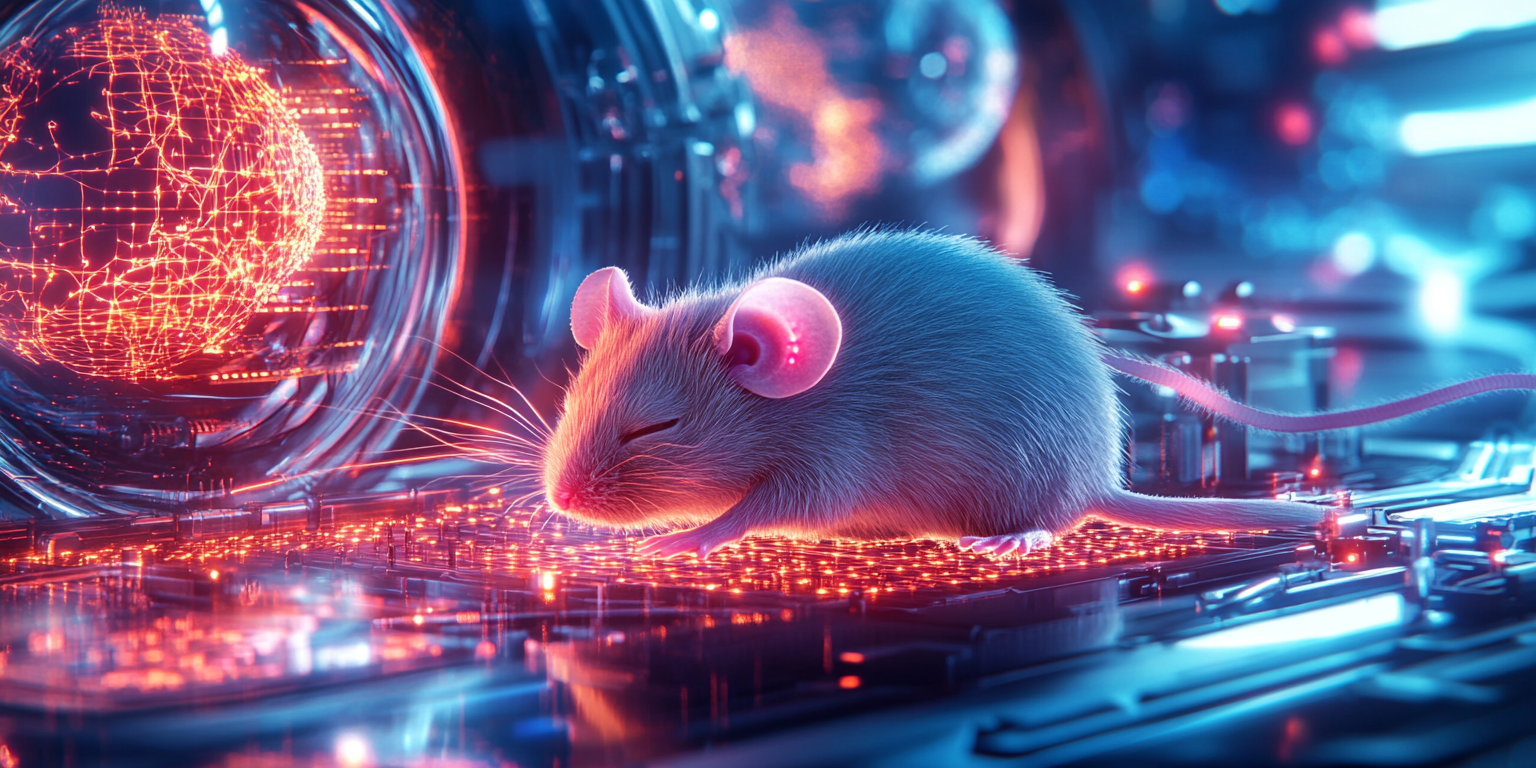A groundbreaking study has revealed that the size of the pupil plays a crucial role in how the brain forms and consolidates memories during sleep. This discovery sheds light on the intricate processes that help preserve both recent and older memories, preventing them from interfering with each other.
How Memories Are Organized During Sleep
Scientists at Cornell University conducted a series of experiments on mice to uncover how memories are managed during non-REM sleep—a phase of sleep characterized by slow brain activity. The study found that:
- Recent Memories: Newly acquired information is processed and strengthened when the pupil contracts during non-REM sleep.
- Older Memories: Previously stored information is reactivated and integrated when the pupil dilates during the same sleep phase.
This alternating cycle creates a unique "microstructure" in sleep that prevents one type of memory from overwriting or interfering with the other.
The Experiment
To explore this phenomenon, researchers equipped mice with:
- Electrodes: To monitor brain activity.
- Miniature Cameras: To track pupil size changes during sleep.
The mice were trained on tasks such as navigating mazes to collect rewards like water or cookies. Once they mastered these tasks and fell asleep, the researchers observed how their brain and pupil activity correlated with memory replay.
The results revealed distinct patterns:
- Contracted Pupils: Neurons responsible for recent memories became highly active, consolidating the new information.
- Dilated Pupils: Neural activity shifted to previously stored memories, integrating them without disturbing newly acquired ones.
Why This Matters
The discovery of this sleep microstructure has profound implications:
- Preventing Memory Interference: By segregating memory processing into separate substates, the brain avoids "catastrophic forgetting," where reinforcing one memory might erase another.
- Advancing Human Memory Research: Understanding these mechanisms could lead to breakthroughs in enhancing human memory, particularly for those with memory disorders.
- Improving AI Systems: Insights from this study could inform the design of artificial neural networks, making them more efficient at processing and retaining information.
What’s Next?
This study opens doors to potential applications, such as:
- Developing therapies to improve sleep quality and memory retention in individuals with cognitive impairments.
- Creating AI systems that mimic the brain's ability to organize and store information without interference.
A Glimpse Into the Future
The idea that something as simple as pupil size can dictate how memories are managed highlights the incredible complexity of the human brain. This research not only enhances our understanding of sleep but also offers hope for innovations in both healthcare and technology, paving the way for a smarter and better-connected world.
